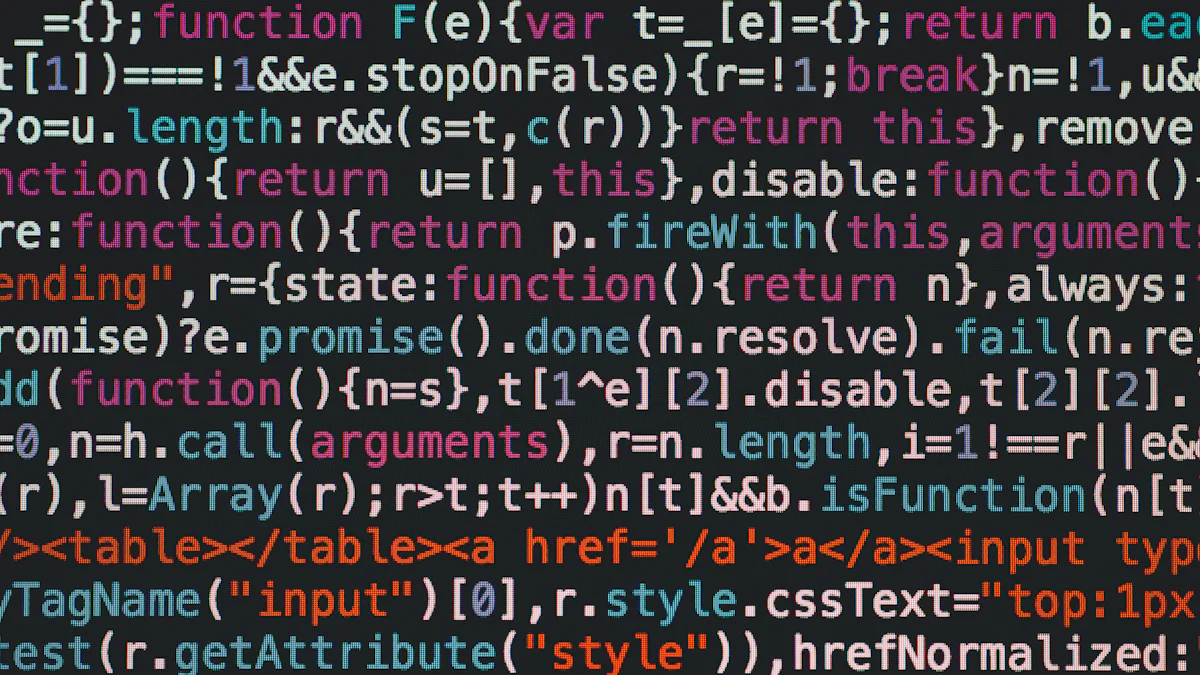
Machine learning algorithms are the backbone of modern data analysis, providing valuable insights and predictions. Understanding K Means and KNN (opens new window) is crucial for beginners delving into this field. This blog aims to demystify these concepts, offering a clear pathway to grasp their significance. Let's embark on a journey through the intricacies of these algorithms and unveil their practical applications across various industries.
# Understanding K Means
In the realm of machine learning, K Means stands out as a powerful clustering algorithm (opens new window) that groups data points (opens new window) into distinct partitions based on their similarities. The basic concept of K Means involves iteratively assigning each data point to the nearest cluster centroid (opens new window) and recalculating the centroids until convergence is achieved. This process aims to minimize the sum of squared distances between data points and their respective cluster centroids.
# Definition of K Means
# Basic concept
Data points are grouped into clusters based on similarity.
Centroids are recalculated iteratively for optimal clustering.
# How it works
Initialize cluster centroids randomly.
Assign each data point to the nearest centroid.
Recalculate centroids based on the mean (opens new window) of data points in each cluster.
Repeat steps 2 and 3 until convergence is reached.
# Applications of K Means
# Use cases in different industries
Customer segmentation in marketing analytics.
Anomaly detection (opens new window) in cybersecurity.
Image compression (opens new window) in computer vision.
# Benefits of using K Means
Scalability: Efficient for large datasets.
Interpretability: Easy to understand and implement.
# Understanding KNN
K Nearest Neighbors (KNN) (opens new window) is a fundamental supervised learning algorithm that classifies data points based on the majority class of their k nearest neighbors. The basic concept revolves around identifying the closest data points in the feature space (opens new window) to determine the classification of a new data point. This proximity-based approach makes KNN a versatile and intuitive algorithm for various machine learning tasks.
# Definition of KNN
# Basic concept
Data points are classified based on the majority class of their nearest neighbors.
The algorithm assigns labels to new data points by comparing them to existing labeled data.
# How it works
Calculate the distance between the new data point and all other data points.
Select the k nearest neighbors based on distance.
Assign the most common label among these neighbors to the new data point.
# Applications of KNN
# Use cases in different industries
Healthcare: Diagnosing diseases based on patient symptoms.
Finance: Detecting fraudulent transactions by analyzing patterns.
Retail: Recommending products to customers based on purchase history.
# Benefits of using KNN
Simplicity: Easy implementation and minimal training time.
Flexibility: Suitable for both classification and regression tasks.
# Key Differences
When delving into the realm of machine learning, understanding the nuances between K Means and KNN (opens new window) is essential for aspiring data enthusiasts. These algorithms, although both integral to the field, serve distinct purposes and operate on different principles.
# Supervised vs Unsupervised
# Explanation of supervised learning
In supervised learning, such as in KNN, the algorithm is trained on labeled data to make predictions or classifications. This means that the model learns from known outcomes to predict future instances accurately. The process involves mapping input data to the correct output labels through continuous training iterations.
# Explanation of unsupervised learning (opens new window)
Conversely, unsupervised learning, exemplified by K Means, deals with unlabeled data. The algorithm identifies patterns and structures within the dataset without predefined categories. By iteratively grouping similar data points into clusters based on features or similarities, it uncovers hidden relationships within the data.
# Use Cases
# When to use K Means
K Means clustering is ideal when exploring datasets without predefined labels or categories. It excels in segmenting data points into distinct groups based on similarities, making it valuable for tasks like customer segmentation in marketing or anomaly detection in cybersecurity.
# When to use KNN
On the other hand, KNN shines in scenarios where labeled data is available for classification tasks. Its reliance on proximity-based classification makes it suitable for applications like diagnosing diseases based on symptoms in healthcare or recommending products to customers in retail.
# Performance Comparison
# Speed and accuracy
In terms of speed and accuracy, K Means clustering often outperforms KNN due to its efficiency in handling large datasets and identifying cluster centroids swiftly. However, the choice between these algorithms ultimately depends on the specific task requirements and dataset characteristics.
# Error rates
While both algorithms have their strengths, KNN may struggle with scalability if all data do not share a common scale. On the other hand, K Means may face challenges with non-spherical clusters or varying cluster densities. Understanding these nuances can guide practitioners in selecting the most suitable algorithm for their machine learning endeavors.
To summarize, K Means and KNN play pivotal roles in machine learning, each with its unique characteristics.
The key difference lies in their approach: KNN is a supervised algorithm for classification (opens new window), while K Means is unsupervised for clustering data points (opens new window).
Exploring the possibility of combining both algorithms could lead to more accurate results, especially when dealing with complex datasets.
For further insights, comparing the performance of KNN and K Means on similar datasets can provide valuable perspectives on their strengths and limitations.